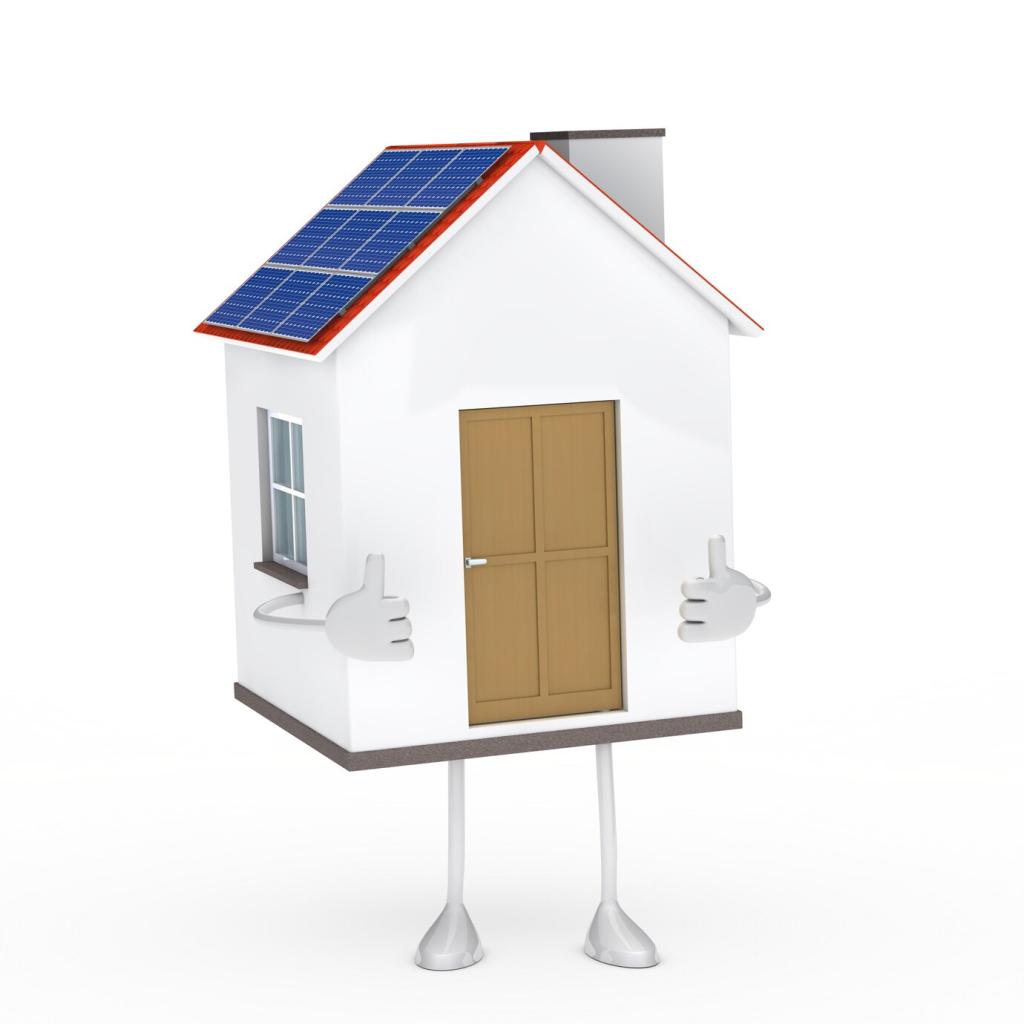Design Moves: Turning Walls and Windows into Air Instruments
Face primary openings toward prevailing breezes and balance inlet and outlet sizes to avoid stagnant zones. Tall, narrow openings accelerate flow, while larger outlets reduce resistance. Share your site compass data, and we’ll suggest optimal angles.
Design Moves: Turning Walls and Windows into Air Instruments
Combine low inlet windows with high clerestories, skylight vents, or ridge vents to leverage buoyancy. The cooler air enters below as warmer air escapes above. Post photos of your ceiling height and roof profile for tailored suggestions.

